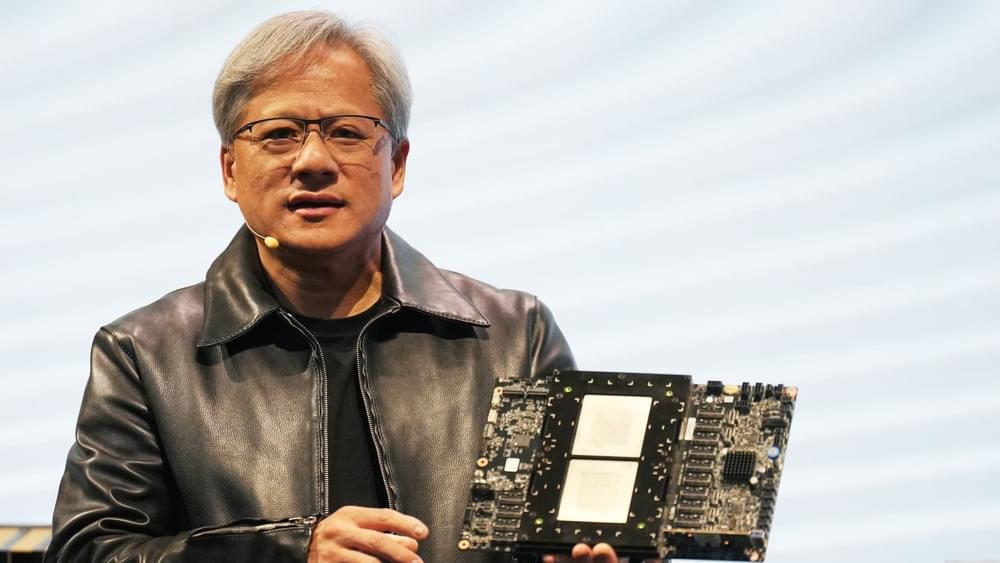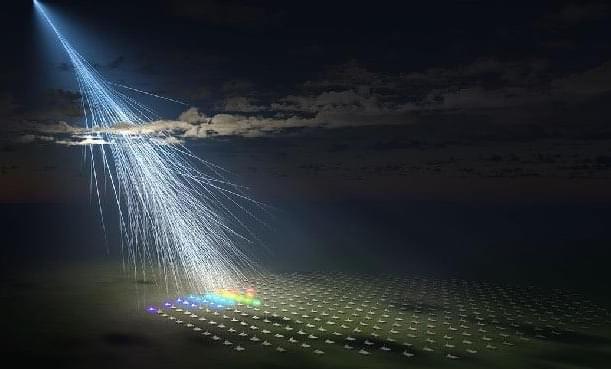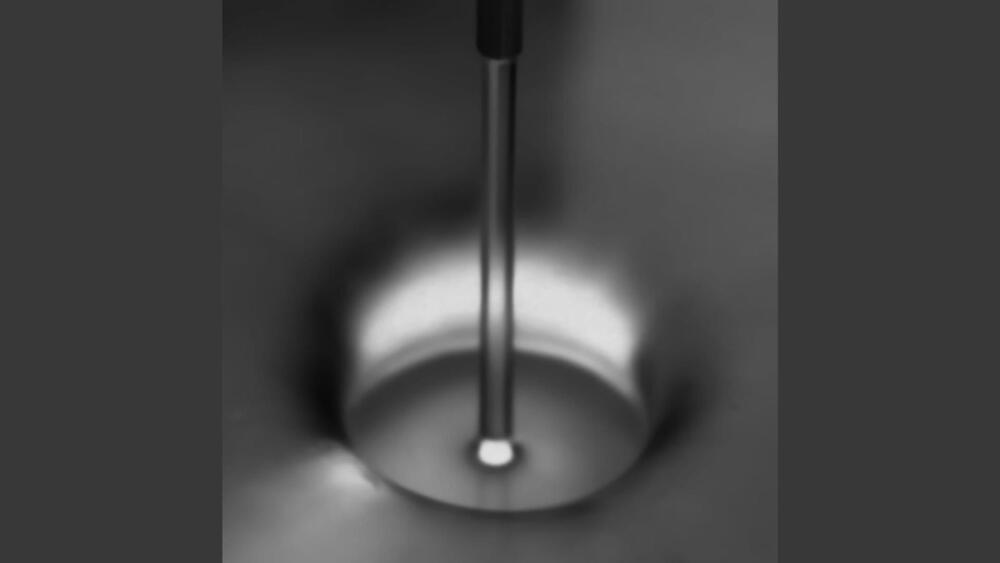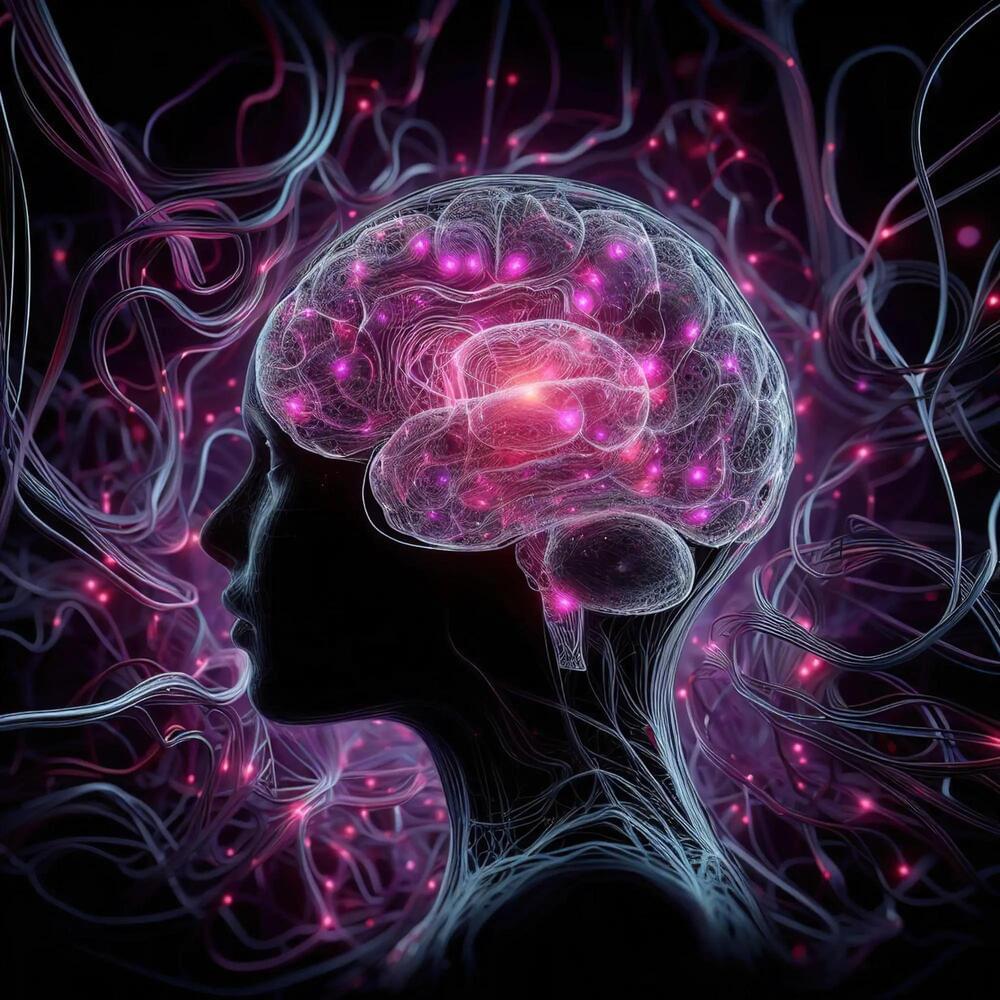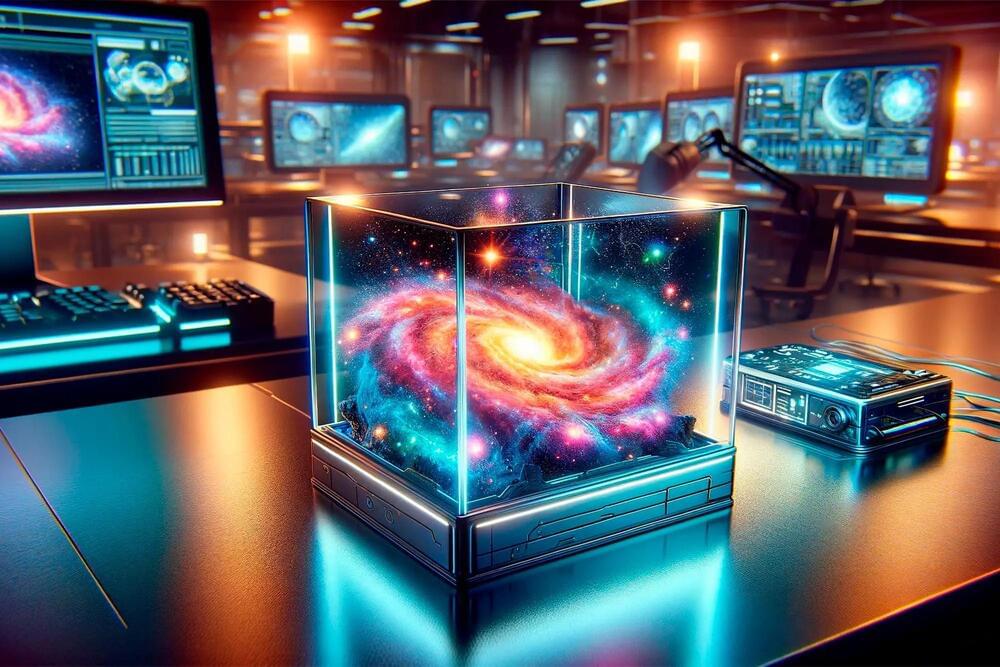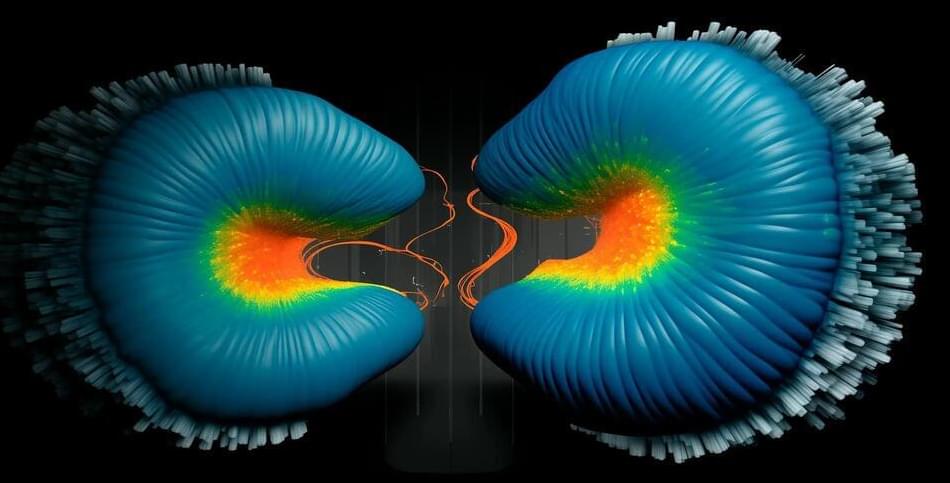Nvidia is delaying a new artificial intelligence chip for China that has been designed to comply with U.S. export restrictions, according to Reuters.
Nvidia shares closed down about 1.9% after a shortened trading day in the U.S.
Reuters, citing two sources familiar with the matter, reported that Nvidia told Chinese customers that it is delaying the launch of an AI chip that is designed to comply with U.S. export rules until the first quarter of next year.
The new chip, called the H20, was being delayed due to issues server manufacturers were having while integrating the semiconductor into their products, Reuters reported.
